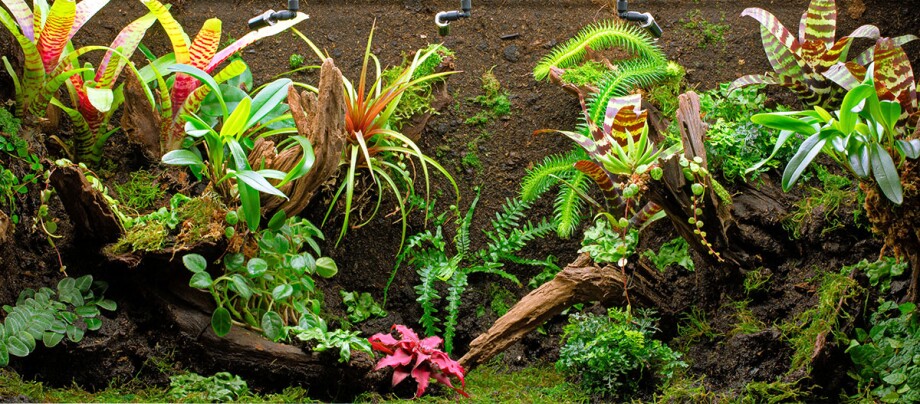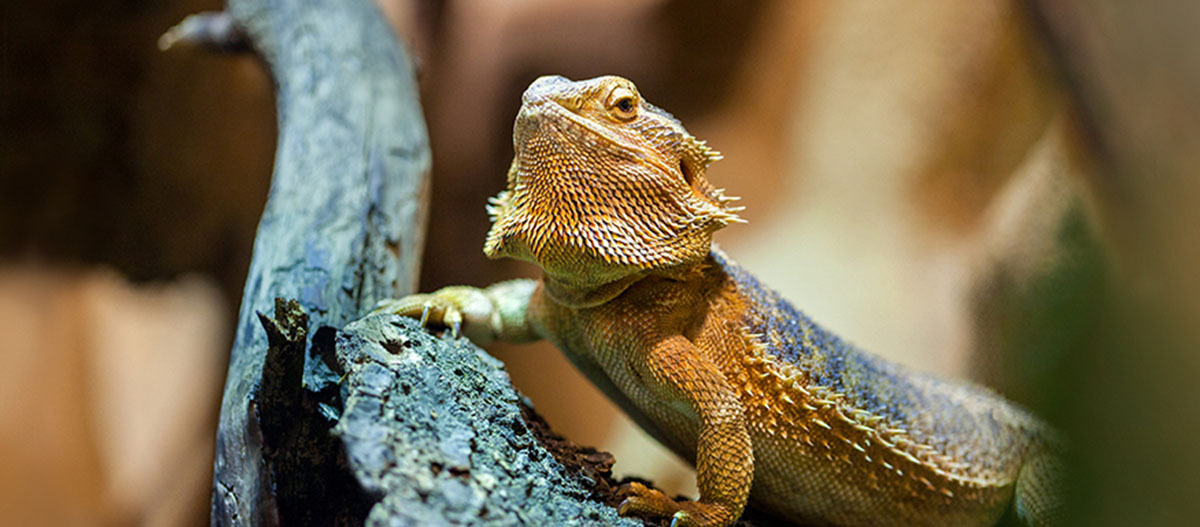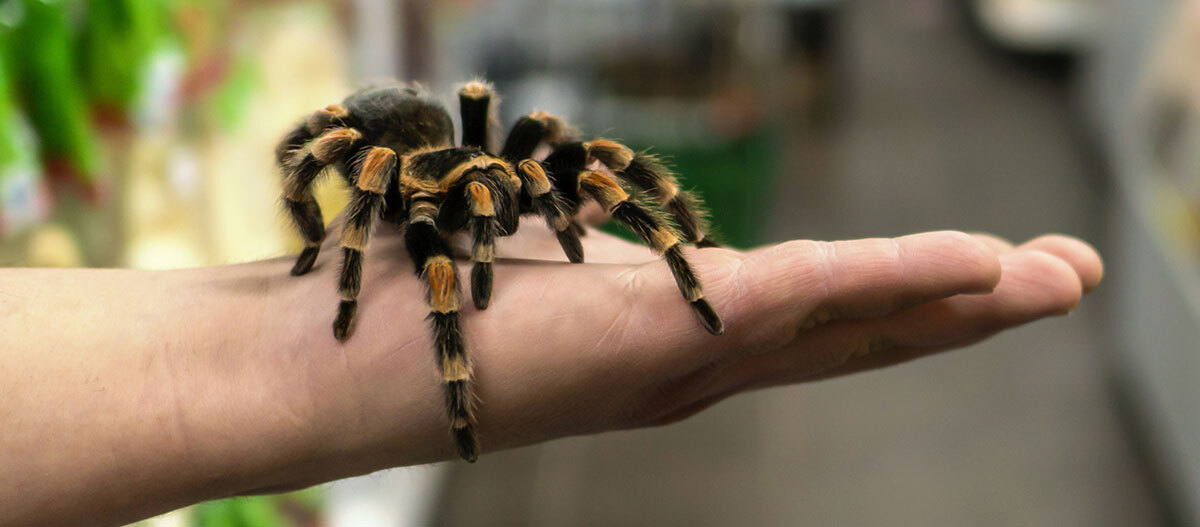A beginner’s guide to terrariums: Create an exciting world in your living room
13.02.2023 - Reading time: 1 minutes

Terrariums are fascinating because they contain their own little worlds with exotic animals. Desert or rainforest habitats are recreated as true to nature as possible. Terrarium inhabitants like geckos, agamas, spiders, frogs, scorpions or snakes certainly aren’t cuddly pets but they are extremely interesting to watch. Before buying a terrarium however, beginners must familiarise themselves with the needs and housing requirements of these animals.
What should you consider before buying a terrarium?
Buying a terrarium
• Inform yourself about how large the animals are likely to become when they are fully grown – the terrarium must be big enough to accommodate them
• Ask yourself if you are really confident in dealing with these animals, e.g. feeding them, cleaning them out, handling snakes, spiders or even unfriendly, large lizards
• Some reptiles can live a very long time – keeping them can mean a commitment of several decades
• Caring for some species can mean a lot of effort – do you have the time for this?
• Do you have someone who can care for the animals when you are on holiday or if you are ill?
• Do you have enough room in your house to accommodate a large terrarium?
• Many animals have to be fed live insects such as house crickets, crickets or cockroaches – you must feel comfortable doing this
• In addition to food, reptiles also require mineral nutrients and vitamins – inform yourself exactly what and how much your animals will need
• The costs of buying and maintaining terrariums can be pretty high, the special technology needed for these can mean higher electricity bills
• Should one of your animals become ill, you will need to visit a specialist vet and may have to travel quite a distance to find one if there are none in the vicinity
Types of terrarium
Dry climate terrariums
Moist terrariums
Aquatic and swamp terrariums
Outdoor terrariums
What should you consider when buying animals for your terrarium?
Many terrarium inhabitants have to be kept on their own because even males and females can severely injure each other fighting over their territory. Inform yourself in detail about the animal you’d like to buy. Only purchase animals from responsible breeders or from specialist pet shops and transport them to your house as swiftly as possible in a small thermally-insulated container.
Which terrarium animals are suited for beginners?
Several animals that are particularly suitable for terrarium beginners are
-
• Corn snakes (Pantherophis guttatus)
• Boa constrictor imperator
• Bearded dragons (Pogona vitticeps)
• Leopard geckos (Eublepharis macularius)
• Red-throated anoles (Anolis carolinensis)
• Mexican redknee tarantulas Brachypelma harmorii)
• Non-poisonous scorpions such as the Emperor scorpion (Pandinus imperator)
What maintenance issues must be considered?
Due to the fact that terrarium habitats are very small, a consistent level of hygiene is extremely important. As with other animals, reptiles can spread various germs. You should therefore remove faeces and leftover food daily and wash your hands thoroughly afterwards. You should also have a sample of your tortoise or bearded dragon’s faeces tested yearly by a vet specialising in reptiles to ensure there is no parasite infection or to be able to treat an infection in a timely manner. In a rainforest terrarium you must take care that the high humidity does not cause the formation of mould.



